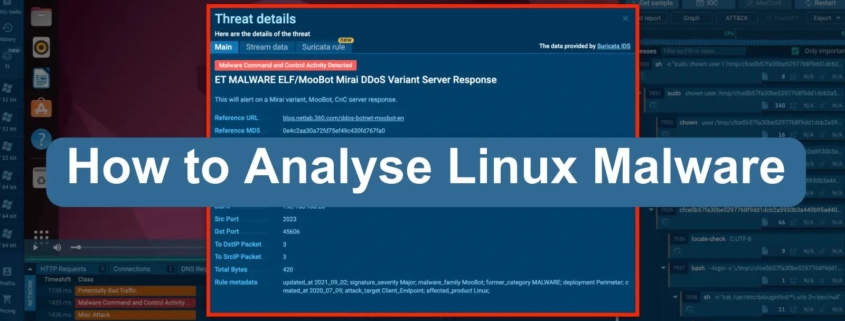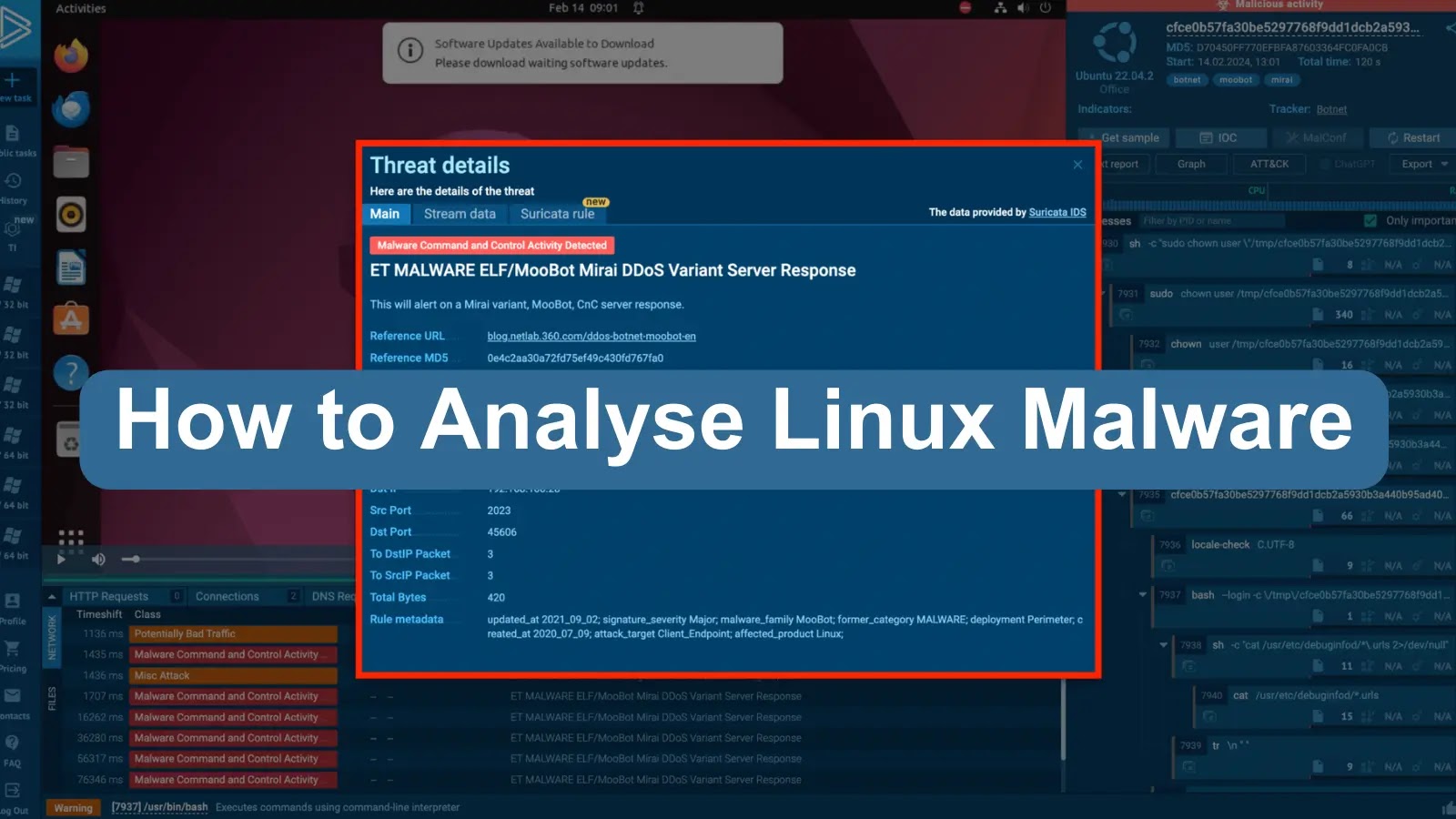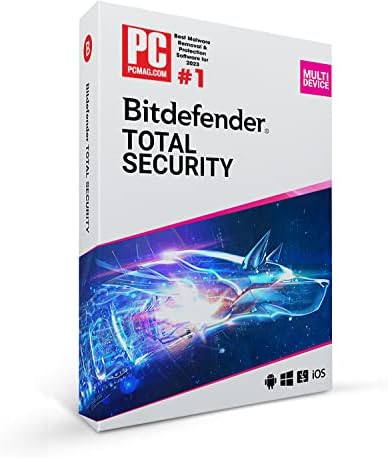How to Analyse Linux Malware in ANY.RUN
Linux, traditionally viewed as a more secure operating system than Windows, has experienced a notable increase in malware attacks. In 2022, Linux malware incidents surged by 50%, significantly increasing and highlighting the critical need for robust analysis and defense mechanisms.
This article explores the importance of Linux malware analysis and presents detailed case studies using ANY.RUN’s advanced malware analysis platform.
ANY.RUN is a cloud-based environment for analyzing Windows malware and Linux-based samples. Malware analysts, SOC, DFIR teams can safely examine threats, simulate different scenarios, and gain insights into malware behavior to improve cybersecurity strategies.
ANY.RUN also allows researchers to understand malware behavior, collect IOCs, and easily map malicious actions to TTPs—all in our interactive sandbox.
The Threat Intelligence Lookup platform helps security researchers find relevant threat data from sandbox tasks of ANY.RUN.
The Rising Threat to Linux Systems
Despite Linux’s reputation for enhanced security, its widespread deployment, especially in server environments, has made it an attractive target for cybercriminals.
The prevalence of DDoS botnets on Linux systems underscores the operating system’s vulnerability to sophisticated attacks.
The escalation of Linux malware presents a pressing challenge for cybersecurity professionals, necessitating comprehensive analysis to understand malware behavior and implement effective countermeasures.
More than 300,000 analysts use ANY.RUN is a malware analysis sandbox worldwide. Join the community to conduct in-depth investigations into the top threats and collect detailed reports on their behavior..
Importance of Linux Malware Analysis
Analyzing malware samples is pivotal for cybersecurity defenses. Analysts can use detailed examination to identify malware’s operational characteristics, understand its impact on infected systems, and gather indicators of compromise (IOCs).
To protect against Linux-based threats, these tips are essential for setting up Web Application Firewalls (WAF), Security Information and Event Management…



